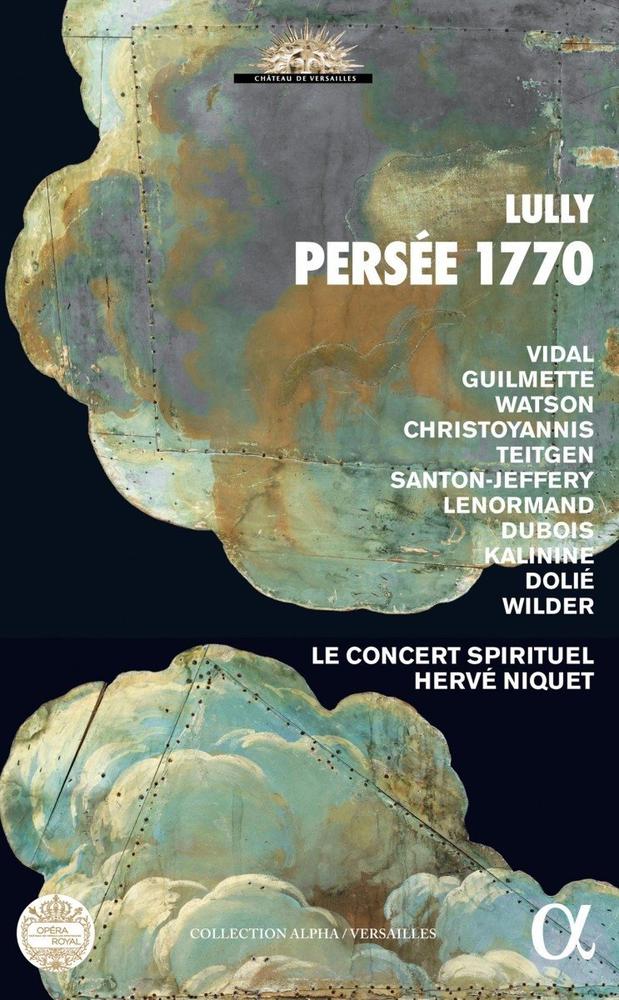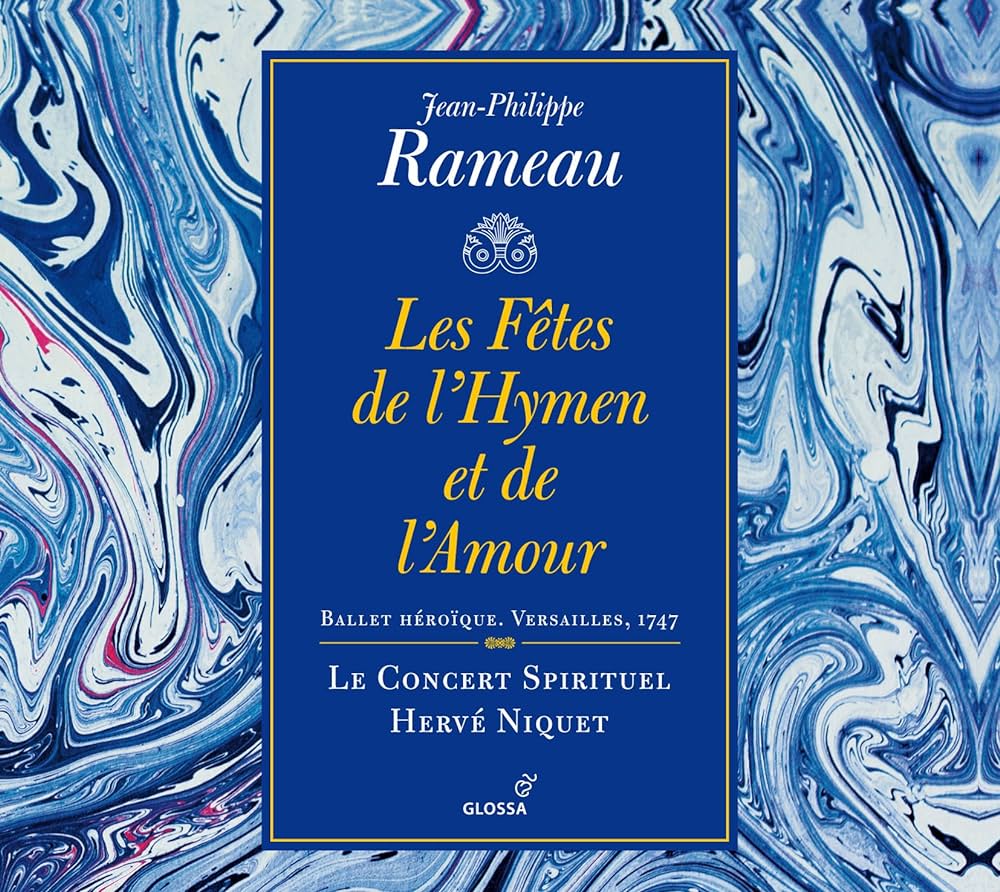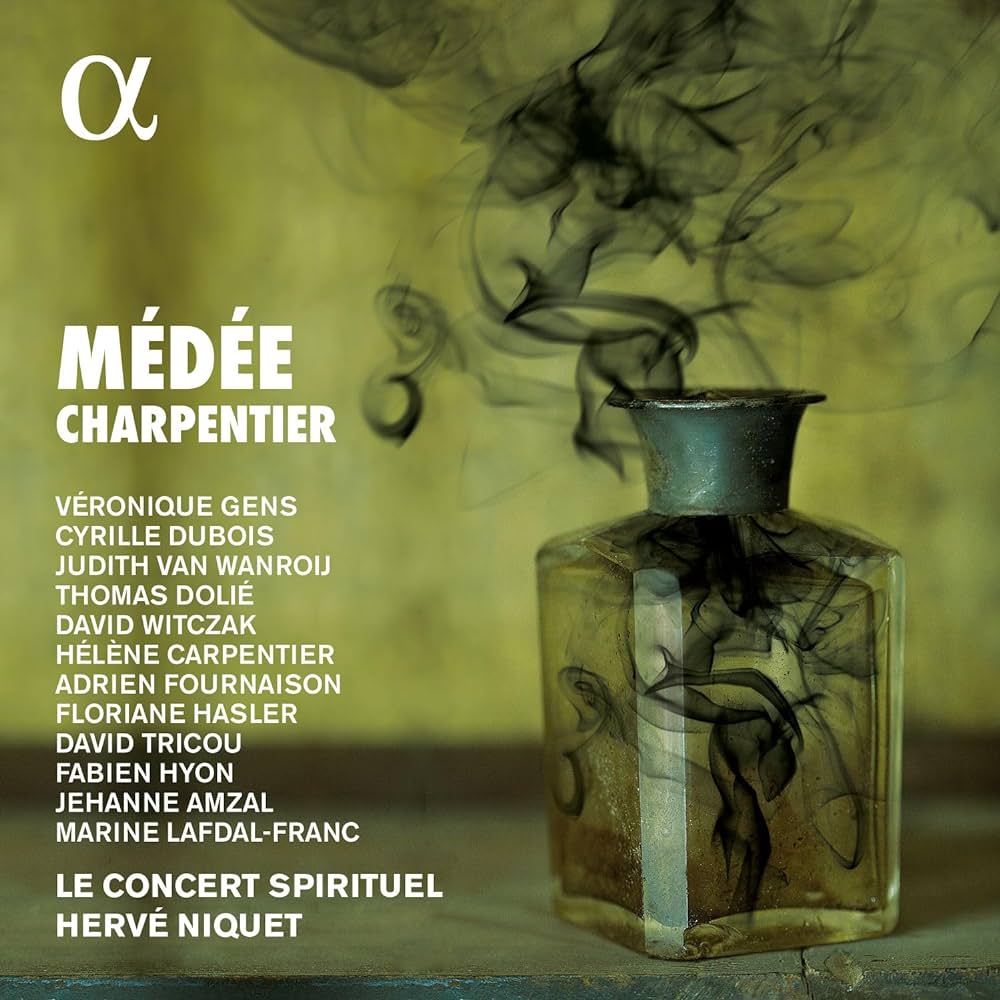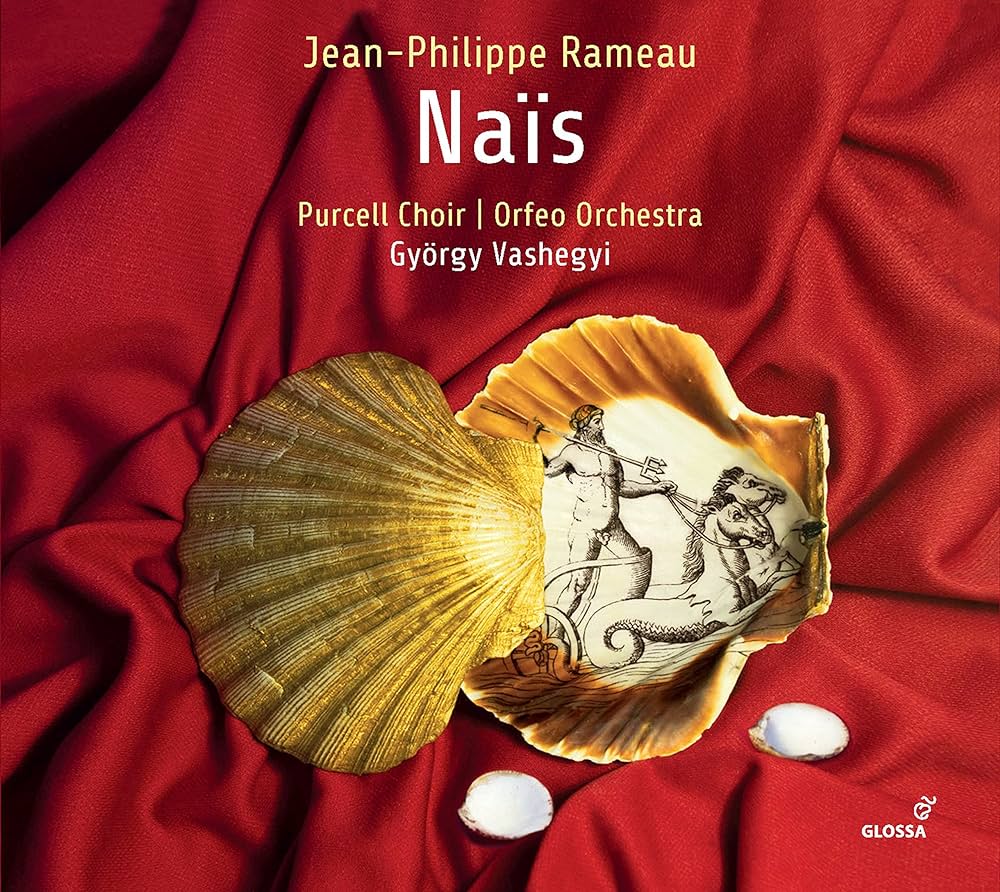Each month, the Centre de musique baroque de Versailles establishes a thematic playlist for you to experiment an immersive journey in the French musical repertoire of the 17th and 18th centuries. Enjoy the music !

Playlist by Benoît Dratwicki, researcher and artistic director at theCMBV
The French opera invented by Lully made much of the spectacular "parties" that punctuated each act, allowing for the intervention of large choral and orchestral masses. During these entertainments, the main characters step aside to let the plot breathe and focus on the music and dance. The "parties" celebrated were of all kinds, depending on the dramatic needs of the libretto; but "games", or competitions, were a frequently used resource. Whether copying ancient athletic jousts, imagining artistic competitions or warlike stagings in which troops pitted their wits against one another, anything was possible to make the corps de ballet dancers appear in virtuoso steps and elaborate group combinations, and even to invite instrumentalists to perform on stage.
Lully's musical tragedy Persée (1682), presented here in its revised version by composer Antoine Dauvergne, dates from 1770 and was performed at Versailles for the wedding of the future Louis XVI and Archduchess Marie-Antoinette of Austria. It features the "Junonian Games", in homage to the powerful Juno who inflicted a terrible curse on the kingdom of Ethiopia. Competitors competed for various prizes to please her (wrestling, archery and dance), interspersed with collective songs and supplications. But the goddess remains inexorable.

The third entry in Jean-Philippe Rameau's Fêtes de l'Hymen et de l'Amour (1747), a ballet created at Versailles to mark the marriage of Louis XV's son to Marie-Josèphe de Saxe, features a competition - set in a Masonic context - in which dancers, singers and musicians take turns to showcase their talent and demonstrate the genius of the human spirit, capable of the greatest artistic achievements. Rameau and his librettist Cahusac propose a sarabande with concertante instruments, an air with two musettes and virtuoso dances.

In his musical tragedy Hercules mourant, premiered at the Académie royale de musique in Paris in 1761, Antoine Dauvergne imagines a sequence on Mount Olympus, presided over by Hercules himself: these are the "Olympic Games", whose splendour is conveyed by colourful orchestration and pompous rhythms. Wrestling and dance are given pride of place.

Act 1 of Médée (1693) by Marc-Antoine Charpentier features military evolutions to the sound of trumpets and timpani, during which Corinthians and Argians simulate passing of arms to warm up for battle and defend Corinth from enemy troops led by Oronthe and Jason.

In the heroic pastoral Naïs (1749), Rameau imagined pitting three neighbouring peoples against each other in 'isthmic games' dedicated to Neptune, king of the seas: after a solemn introduction, presided over by the nymph Naïs and her suitors, wrestlers and runners clash until the winners march past in a solemn air of triumph.







